The world’s most wonderful libraries: the readers’ picks
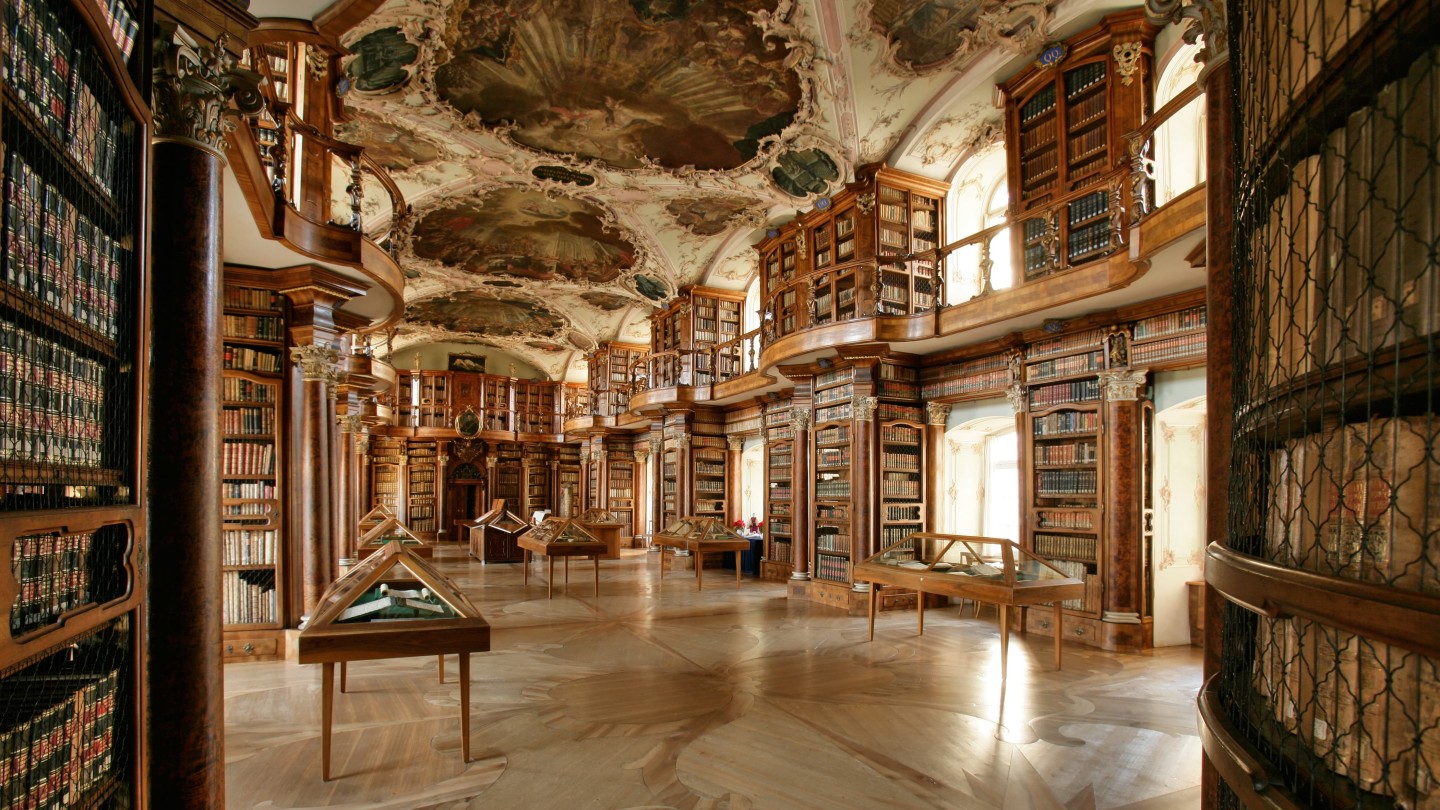
Roula Khalaf, Editor of the FT, selects her favourite stories in this weekly newsletter.
The names of readers (either their social media handle or FT commenting name) have been given in bold type at the end of each entry. Where readers gave further details about what they love about a particular library, that has been included as a quote.
The Abbey Library of St Gall, Switzerland
The first record of a library being used at the St Gallen Abbey was in 820CE, making this one of the oldest library collections in Europe.
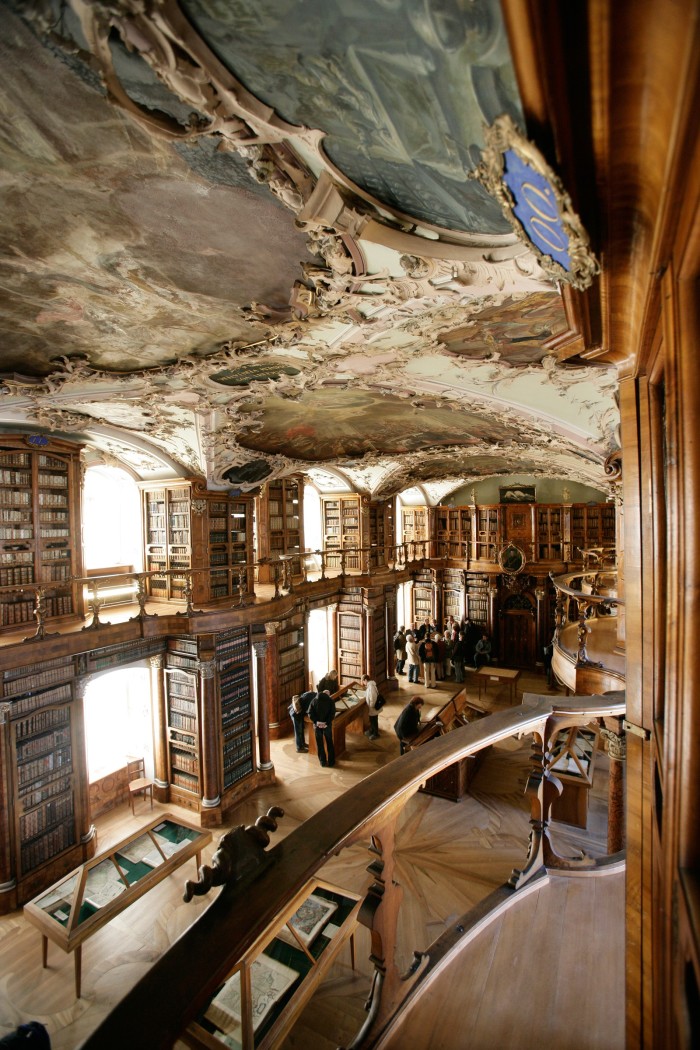
As a result, the baroque building, dating from the 18th century, holds 12 centuries of knowledge, including thousands of manuscripts and around 170,000 books – all available for lending so long as they were printed after 1900. Money has no owners - only spenders
Ahmed Baba Institute of Higher Islamic Studies and Research, Timbuktu, Mali
The ancient manuscript libraries in Timbuktu, Mali, hold centuries of African learning on science, maths, literature and astrology, spanning the 14th to the 16th centuries. The documents are held across the main library, the Ahmed Baba Institute of Higher Islamic Studies and Research, as well as in around 60 smaller institutions, often run by locals, and in the private homes of scholarly families who have protected the documents from various plundering and the ravages of desert winds and floods over the years. “These families are defined by their special inherited status as librarians. The red dust of the desert is a constant threat.” Abigail Bosanko
The Athenaeum Library, Liverpool
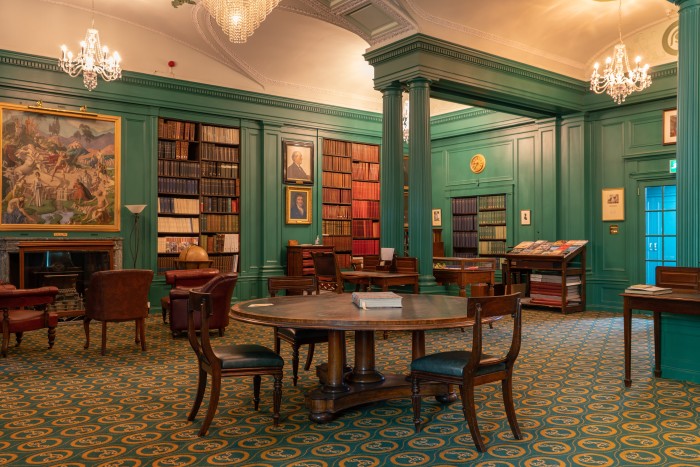
“Liverpool is blessed with several fine libraries, amongst them The Athenaeum” – which opened on Church Street in 1800, named for Athena, the Greek goddess of wisdom. The building, now located on nearby Church Alley, is home to 60,000 volumes dating from the 15th century to the present day, as well as a well-regarded restaurant on the top floor. Alan Wilson
Biblioteca Ambrosiana, Milan
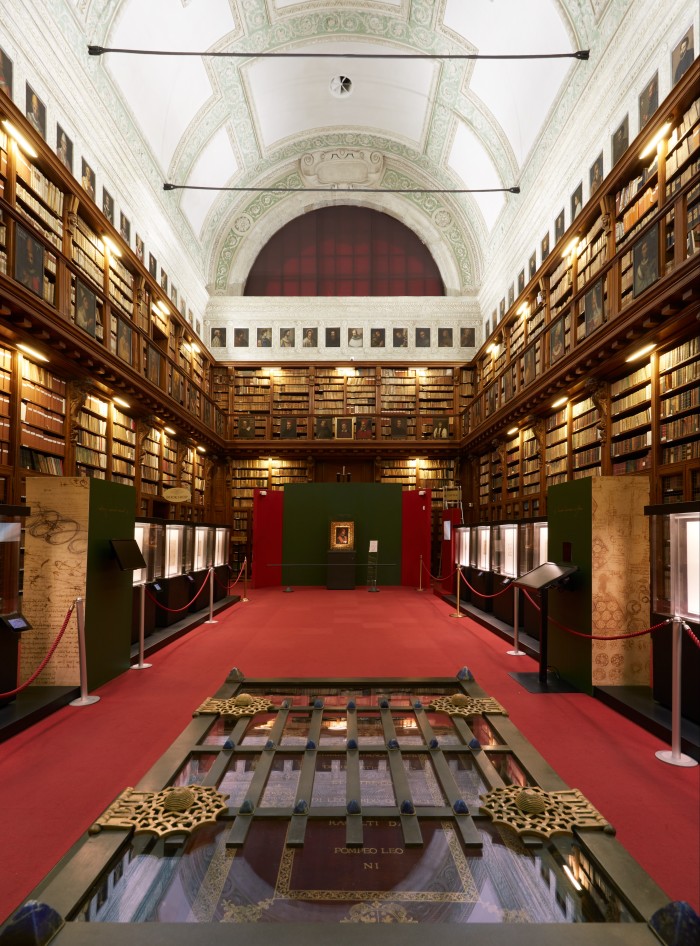
Opened in 1609, the Ambrosiana is the second-oldest public library in Europe (the oldest is the 15th-century Malatestiana library in Cesena, Italy), and the first institution to use bookcases that run along the walls rather than individual “stalls”. More than 750,000 volumes sit in the grand stone building in Milan’s historic Cinque Vie district, including 1,000 pages of Leonardo da Vinci’s Codex Atlanticus, the single largest collection of his drawings and writings. borromini
Biblioteca Vasconcelos, Mexico City
Situated in the leafy Colonia Centro area of Mexico City, Biblioteca Vasconcelos (named after the 20th-century revolutionary writer José) is the country’s largest public library. The elegant concrete, steel, marble, wood and granite structure was designed by local architect Alberto Kalach, and opened in 2006. Inside, 600,000 books are stored over 40,000 metres of hanging steel shelving, all open to the public and surrounded by a luscious garden of Mexican flora. Luis Martínez Montes
Real Biblioteca del Monasterio de San Lorenzo del Escorial, San Lorenzo del Escorial, near Madrid
Located in a 16th-century monastery on the southern face of Mount Abanto, not far from Madrid, the vaulted ceiling of this biblioteca is adorned with Tibaldi frescoes depicting the seven liberal arts in the form of women: Grammar, Rhetoric and Dialectic, Arithmetic, Music, Geometry and Astrology. Researchers are permitted to study from its collection of rare Latin manuscripts and 40,000 early printed books, while the hall and its ornate ceiling are open to the public for viewing. “Stunning gem!” PacoJones
Biblioteca Pública Arús, Barcelona
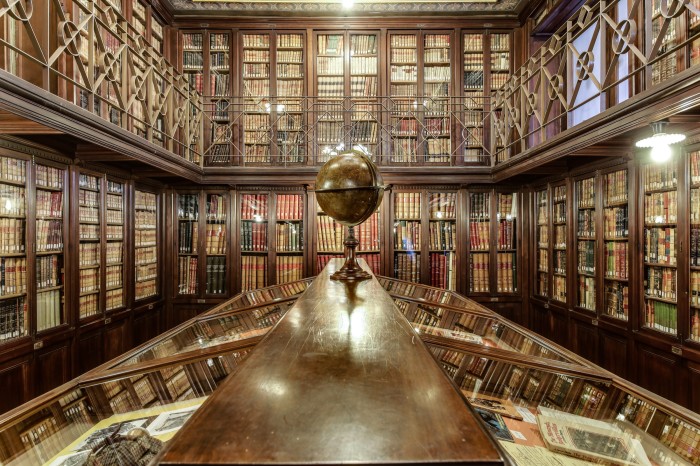
The 80,000-strong collection of this library, located near Barcelona’s Parc de la Ciutadella, reflects the interests of its founding father, the free-thinking Catalan separatist, freemason and anti-clerical philanthropist Rossend Arús i Arderiu. Accordingly, the subjects of freemasonry, labour movements and anarchism are well-covered, reflecting Arderiu’s belief in the intellectual liberation of the working classes.
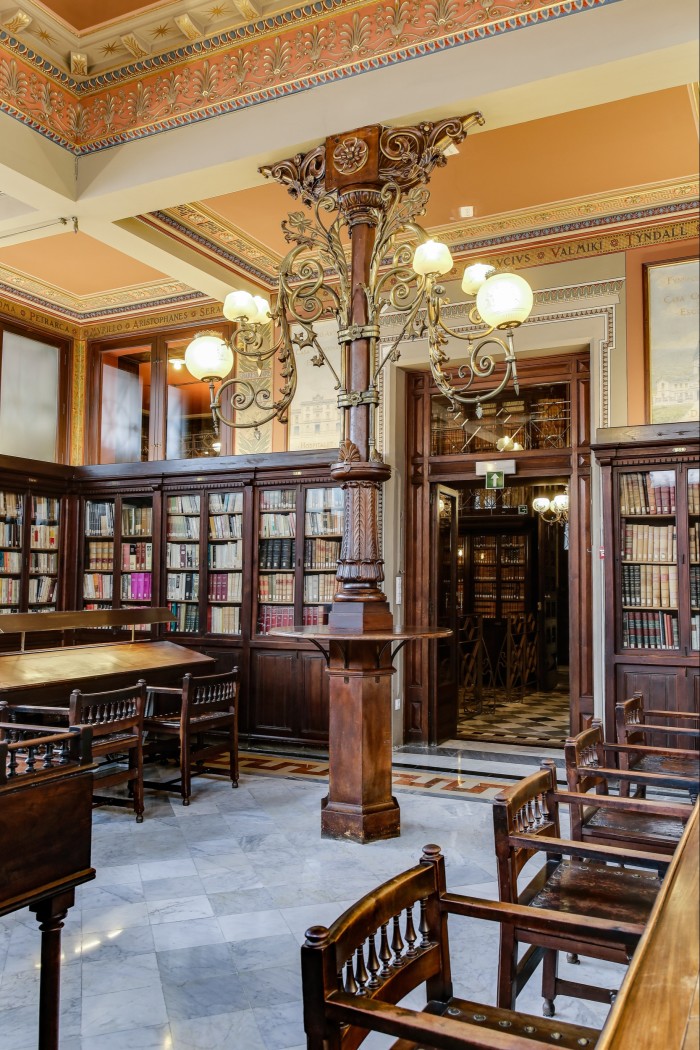
The library, housed in a 19th-century townhouse that was formerly Arderiu’s home, also holds the world’s foremost collection on the Sherlock Holmes universe, thanks to a significant donation from Catalan collector Joan Proubasta. Luis Martinez Montes
Château de Chantilly, near Paris
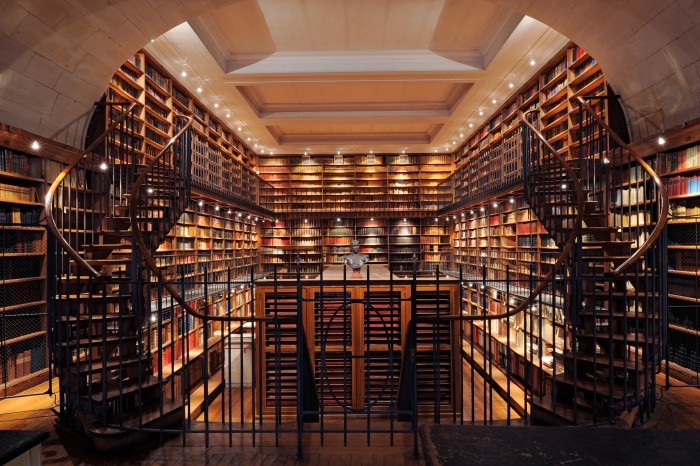
About an hour’s drive north of Paris will bring you to the Château de Chantilly, former-home of Henri d’Orléans, Duke of Aumale and the son of the last King of France – and to one of the most impressive libraries in France: 60,000 volumes are contained in the collection, including The Très riches heures du duc de Berry, one of the most richly illustrated manuscripts in history. A reading room and a Gallery of Painting, housing art books, are also on view for visitors to the Château. Drukpa
Biblioteca Joanina, Coimbra, Portugal
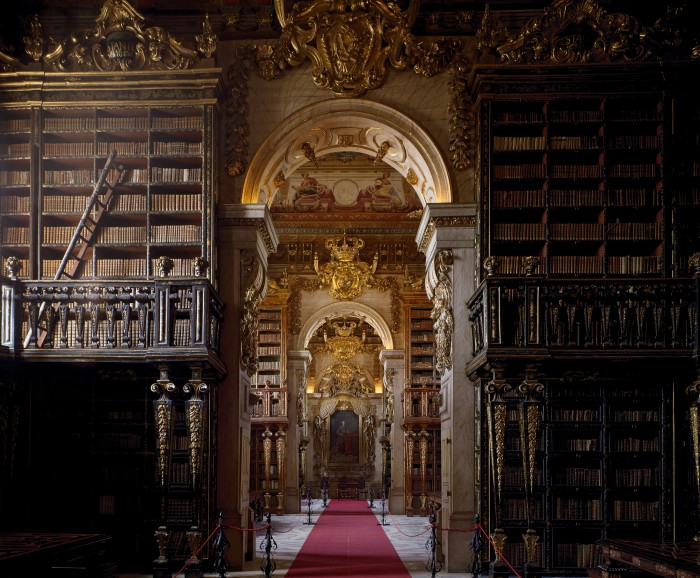
Gold stuccoed ceilings, ornate frescoes and sweeping red curtains make this library at the University of Coimbra, completed in 1728, one of the best preserved baroque libraries in the world. Its 60,000 rare and early books can still be consulted by researchers, and the building can be visited as a museum. José António Duarte de Sousa
The Harvard Club, New York City
For New York-based alumni of Harvard University, the library of Midtown’s Harvard Club has 30,000 books and 100 magazine and newspaper subscriptions, as well as a dedicated reading room. “I love the balcony of the Harvard Club of New York City,” says Karole Dill – while also noting “my favourite is my own. It’s a bit junky, but I have so many wonderful books, and I’m thankful”. Karole Dill
The Huntington Library, San Marino, Los Angeles
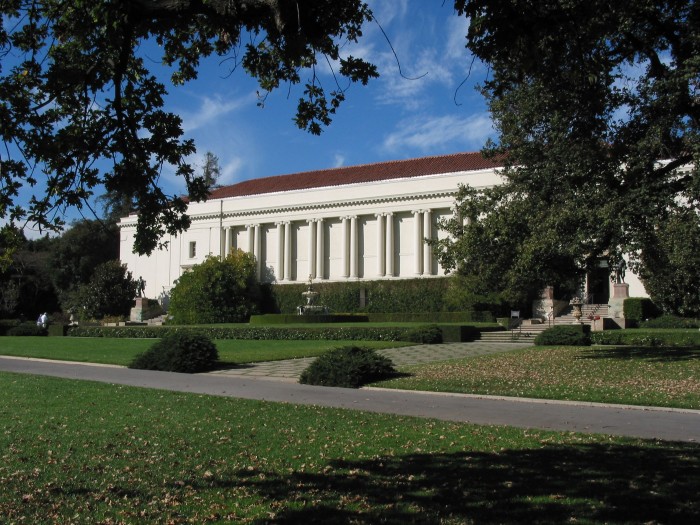
Built by a railroad tycoon in 1919, this library and art gallery has 11 million items from the 11th to the 21st centuries, all available for study by appointment.
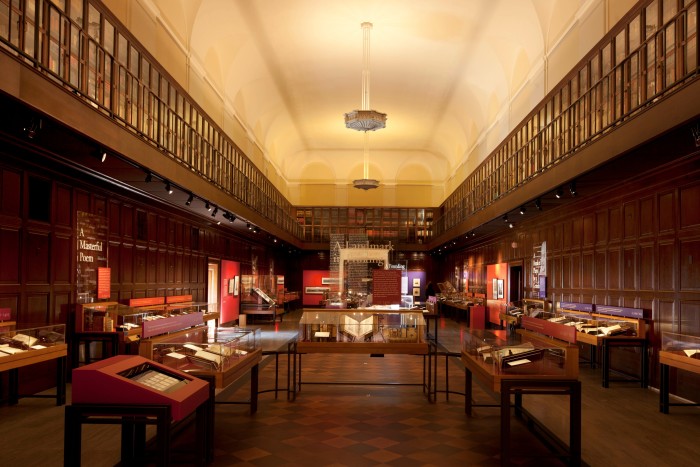
The library is set in 130 acres of botanical gardens, and the art gallery’s collection spans Constable, Reynolds and Turner through to Donald Judd and Andy Warhol. hiddenapache
The Leeds Library, Leeds
“A lovely building and a fantastic location on Commercial Street in Leeds. They’ve just bought the building next door to expand their collection. I particularly enjoy the access to Drama Online – I must have watched about five different versions of Hamlet on it by now.” John Hackett
The Hispanic Society Museum & Library, New York
New York’s Hispanic Society Museum & Library holds the finest collection of Spanish literature and manuscripts outside of the country, including first editions of both parts of Don Quixote (published in Madrid in 1605 and 1615 respectively), the documents tracing the establishment of the border between the United States and Mexico, and the manuscripts chronicling the language, history, and culture of the indigenous peoples of the Americas, as documented by Spanish missionaries. Luis Martínez Montes
The Lit & Phil Library, Newcastle upon Tyne
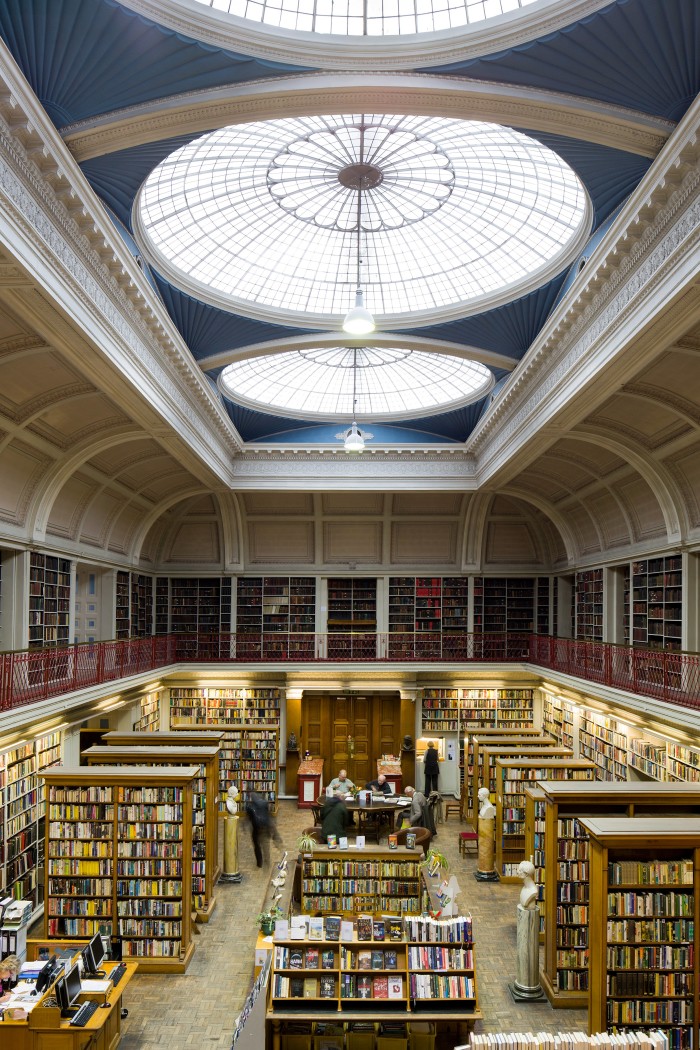
The largest private library in the UK outside London was founded in 1793 as a space for “lectures, discussion and experiments”, decades before Newcastle University was formed. Now open to all, the library is home to more than 200,000 holdings, with “beautiful glass cupolas ceiling, haunted silent reading room in the basement, portraits and busts of famous Victorian Geordie engineers, arms dealers, inventors, Quakers, who all served as president”. Abigail Bosanko
The Long Room, Trinity College, Dublin
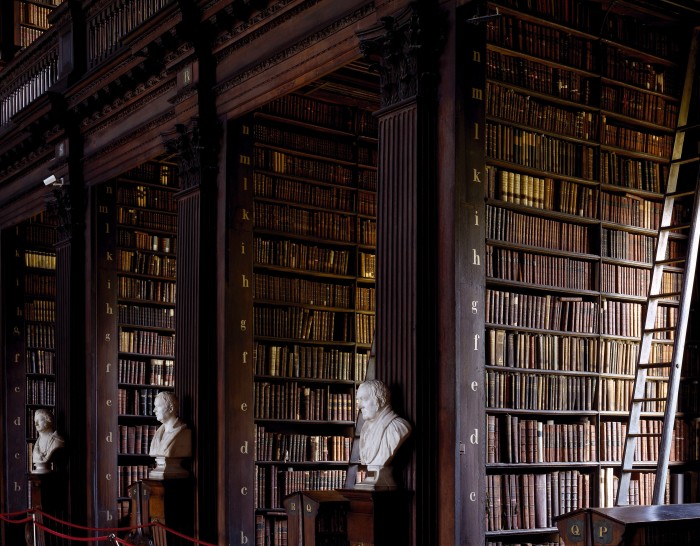
“Pure beauty, and the inconfundible smell of the wood wax of the stacks and of the books’ leather. An authentic immersion experience!” Mariano M
Marsh’s Library, Dublin
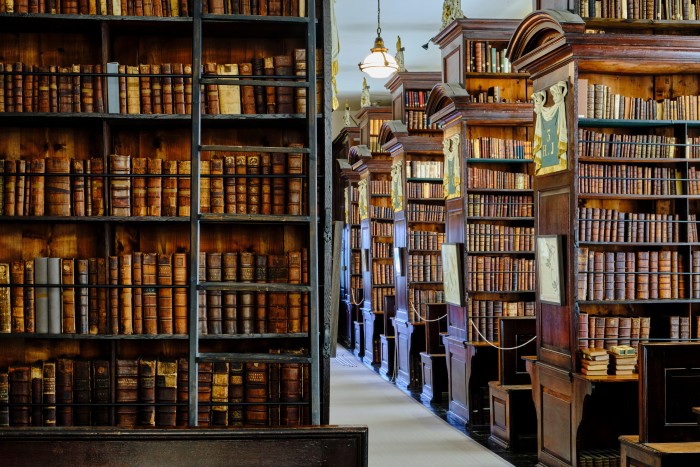
Opened during the Enlightenment in 1707 Dublin, Marsh’s Library is a repository for works of theology, natural philosophy, mathematics and astronomy, now open to visitors for a small fee. The well-preserved brick building, which also hides a secret garden, hosts exhibitions too: Melmoth the Wanderer, which explores the texts behind Charles Robert Maturin’s gothic novel, is currently on view. Anne_heffernan
The Matenadaran, Yerevan, Armenia
Following centuries of pillaging during wars between the Ottoman Empire, Iran and Russia, the Matenadaran (“manuscript store’‘ or “library” in ancient Armenian) was built in Yerevan in 1959 to protect Armenia’s treasured collection of rare manuscripts. Today, more than 23,000 manuscripts and 500,000 other documents are stored behind its grand stone walls, which are fronted by a row of statues of Armenian medieval intellectuals. It is now a hugely popular visitor attraction, as well as a space for scholars to conduct research. “Much [of its contents were] saved with great difficulty. An uplifting experience!” Miriam l Betz
Biblioteca de Menéndez Pelayo, Santander
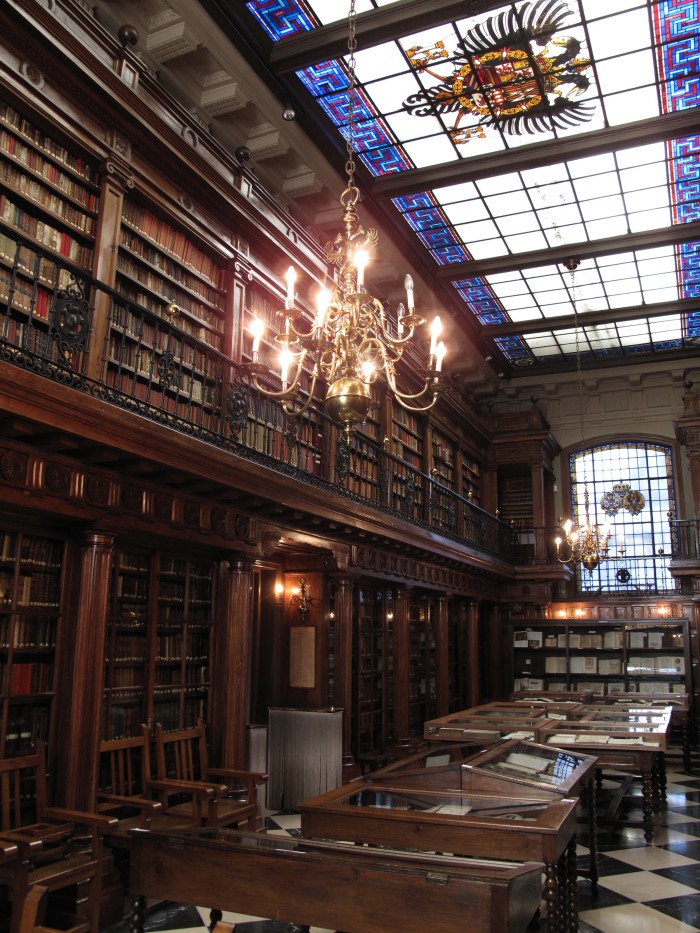
This library holds 41,500 titles from the collection of the 19th-century Spanish intellectual Marcelino Menéndez y Pelayo, who “donated the collection to the city with the condition that no further books were to be added”. Enrique Aznar
Merton College Library, Oxford
“My favourite library is Merton College, Oxford’s 14th to 16th-century library. I worked there as a student guide in the 1960s and I came to love the studious atmosphere, the coats of arms in the Tudor ceiling, the hollows in the tiled flooring made by the braziers medieval students used to keep themselves warm, the ancient book chests, and the few surviving chained books.” Hugh Macmillan
Penguin Memorial Library, Penguin, Tasmania
“At the bottom of the world (well, close enough). The library is a portable building a few steps from the beach and Bass Strait. The librarians are helpful – they will order in books from Hobart, if required. We enjoyed visiting on family holidays (when our children enjoyed having stories read to them in libraries).” Robert Heath
Real Gabinete Português de Leitura, Rio de Janeiro
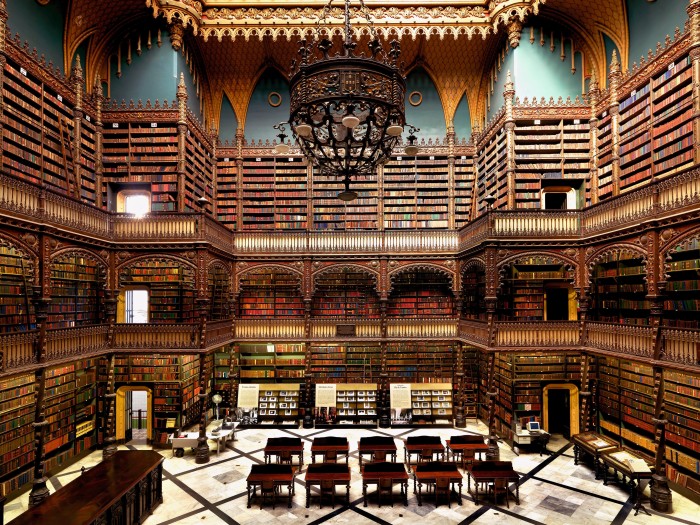
Real Gabinete Português de Leitura opened in its current neo-Manueline building in 1888. The ornate Renaissance-gothic jacaranda bookshelves bear 350,000 titles – including a copy of every book ever published in Portugal. While the rare editions are reserved for use by researchers, lay-members may borrow up to three books printed after 1950. Maria Donato
Comments